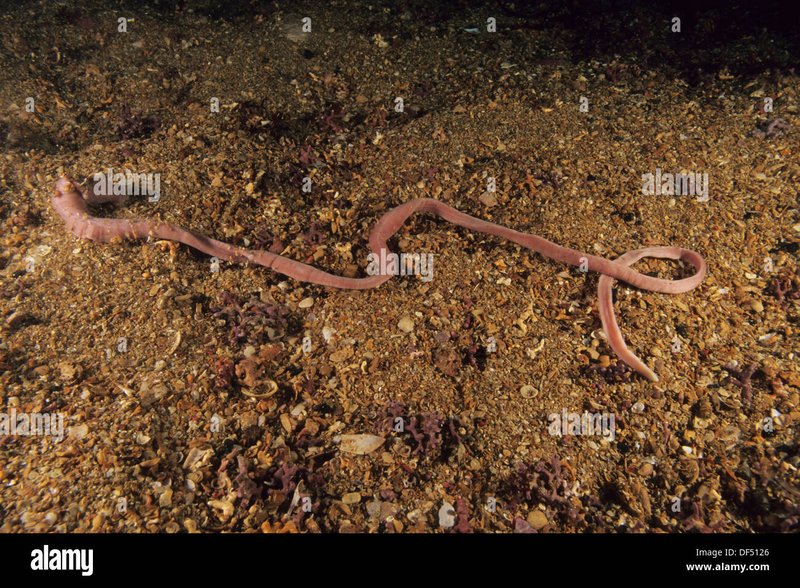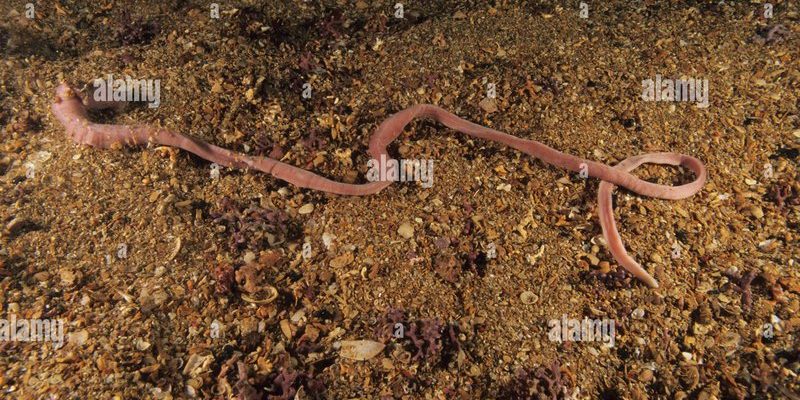
Finding ribbon worms is a bit like searching for buried treasure; you need to know where to look and when. They tend to favor certain environments and conditions that can make all the difference in your search. Understanding these conditions can turn a casual stroll into an exciting adventure filled with discovery. So, let’s dive into the best practices for spotting ribbon worms in their natural habitat!
Understanding Ribbon Worm Habitats
Ribbon worms thrive in diverse environments, but they have specific preferences that can help you narrow down your search. Generally, you’ll find them in both coastal and freshwater areas. Here are some key habitats where they flourish:
- Coastal Beaches: Look along the intertidal zones where sand and mud meet. Ribbon worms love to burrow in the sediment here, hiding from predators and the sun.
- Damp Forests: They often inhabit moist soil under leaf litter, especially in areas near streams or ponds. The damp conditions are essential for their survival.
- Freshwater Streams: Ribbon worms can also be found in clear or muddy waters, often clinging to rocks and submerged vegetation.
It’s essential to recognize these habitats when you set out. Observing the environment around you can help in locating these intriguing creatures.
Ideal Weather Conditions
Weather plays a significant role in the activity of ribbon worms. They’re more likely to be active during certain conditions. Here’s what you should keep in mind:
- After Rain: Wet conditions bring ribbon worms closer to the surface, making them easier to spot. The moisture also keeps them hydrated, so they tend to roam more.
- Cooler Temperatures: They thrive in cooler weather. High temperatures can dry them out, causing them to retreat deeper into the soil or water.
- Cloudy Days: Overcast conditions are ideal. Ribbon worms often dislike bright sunlight, which can dehydrate them.
So, if you’re planning to look for ribbon worms, consider timing your search right after a rain shower or during a cooler, cloudy day.
Best Times to Spot Ribbon Worms
Timing is everything when it comes to spotting ribbon worms. The best times to search for them can depend on a few factors:
- Early Morning or Late Afternoon: During these times, the temperatures are milder, and the moisture level tends to be higher. This makes it easier for ribbon worms to venture out.
- Low Tide: If you’re at a beach, check during low tide. This exposes more sand and mud, giving you a better chance to spot these creatures as they move around.
- Seasonal Changes: Spring and early summer are ideal because the increased moisture levels and suitable temperatures encourage more worm activity.
By aligning your search with these optimal times, you improve your chances of a successful find.
Spotting Techniques
Once you know where to look and when, the next step is knowing how to spot ribbon worms effectively. Here are some techniques to enhance your search:
- Observe Carefully: Ribbon worms can be quite camouflaged, so take your time and scan the ground carefully. Look for small movements or shiny surfaces.
- Dig Gently: In muddy areas, gently disturb the soil. Ribbon worms might wriggle to escape, making them easier to spot as they surface.
- Use a Trowel: If you’re in a forest or muddy area, a small trowel can help you dig up patches of soil and leaf litter to check for ribbon worms.
Remember, patience is key! Sometimes these creatures take their time to show themselves, but don’t get discouraged.
Safety and Respect for Nature
While searching for ribbon worms can be an exciting adventure, it’s crucial to remain respectful of their habitat. Here are some guidelines to keep in mind:
- Avoid Disturbance: Try not to disrupt the environment too much. Avoid digging excessively or removing large amounts of soil or debris.
- Handle Carefully: If you do find a ribbon worm, handle it gently. They are delicate and can be harmed easily.
- Leave No Trace: Ensure that you leave the area as you found it. This helps protect the ecosystem and allows future explorers to enjoy it.
By being considerate, you help maintain the delicate balance of the ecosystems where these fascinating creatures thrive.
Common Challenges and Solutions
You might encounter a few hurdles while searching for ribbon worms. Understanding these potential challenges can prepare you for success:
- Difficulty in Spotting: If you’re having trouble finding them, remember that they might be hiding deeper. Check multiple locations or try a different time of day.
- Weather Conditions: If the weather turns hot or sunny, consider waiting for a cooler time. Ribbon worms are not as active when it’s too warm.
- Environmental Changes: Urban development or pollution can affect their habitats. If a location seems less fruitful, it might have been altered. Explore new areas.
Every search is a learning opportunity. With experience, you’ll improve your skills and become more adept at locating these elusive creatures.
Spotting ribbon worms in the wild can be a delightful challenge. By understanding their habitats, ideal weather and times, and using effective spotting techniques, you can enhance your chances of discovering these unique creatures. Just remember to approach your search with patience and respect for nature. With the right conditions, you might just uncover a hidden gem in the world of ribbon worms! So, grab your gear, pick a perfect day, and get ready to explore the wild—you never know what fascinating sights await!

